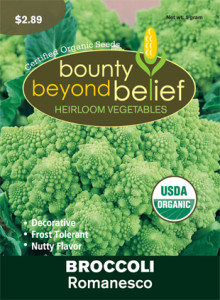Connecting with Wild Nature
Get Out and Take a Hike
by Sandy Swegel
Our gardens are grand places to be. Assuming we don’t worry too much about weeds. Here are our favorite flowers to make us happy. And over there our favorite tomatoes are thinking about ripening. We may cultivate some wildness by planting a pollinator meadow but for the most part, our own gardens are cultivated and maintained…a good thing.
But deep down, we human beings are also wild animals, yearning to connect with the Wild Nature of ancestral memory. I went this week on a wildflower hike, just minutes from town, to be reminded of what plants looked like before they were tamed. And maybe to feel like what humans felt before they were tamed. I like to do a little nature hiking because unlike in my tended garden, in the wild I don’t know the name of every plant. And I don’t think about how I have to pull the weeds when I’m walking in the wild. And plants don’t grow in shade or sun gardens but where happenstance put them — sometimes on the side of a boulder wall or the edge of a precipice.
I found this particular hike through meetup.com. No matter where you live, if there are Meetups in your area, a search for “nature” meetup will provide you with some great opportunities to explore wildness near you. Our meetup guide in Boulder, Lauren Kovsky, took us on a public trail and while she did the basics of any wildflower hike of naming flowers, she clearly had great fun teaching us to interact with nature by using all our senses. We learned to identify the ponderosa pine trees by smelling their butterscotchy bark. We learned to look at shapes and feel textures of flowers to remember their names. Mouse-ear chickweed did look like a bunch of mice in a circle looking up with ears perked. Pussy toe ground covers felt soft just like cat toes. After heeding admonitions never to eat wild plants without knowing exactly what the plant is, we formed strong memories of wild onions by biting the seeds and recognized the Earl Grey tea taste of wild bergamot. Mints reminded us of summer iced teas and wild mustard flowers felt hot and spicy on our tongues.
Lauren’s philosophy of why we were on this hike made good sense. She told us that people often go off to far-away oceans or jungles to experience nature. They swim with dolphins and feel one with the sea. But then they return home and once again feel disconnected with the natural world. She recommends finding little wild areas near your home and experiencing them with all of your senses. Learn how they taste and feel and smell. If you watch how the high water flows in Spring and feel how the harsh wind blows in January and taste the tiny wild raspberries in Summer, you will remember that you are part of nature and that no matter where you go, you are always connected.


